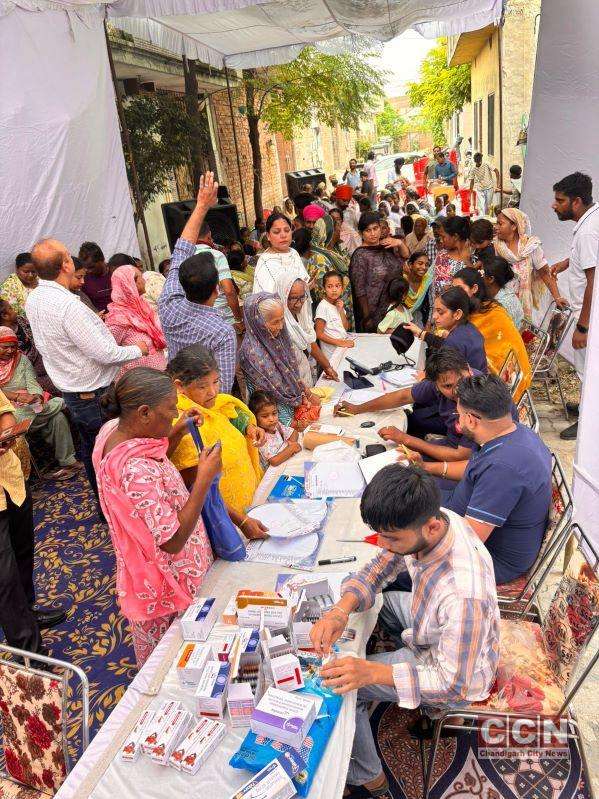
Get your daily dose of health and medicine every weekday with STAT’s free newsletter Morning Rounds. Sign up here.
What a wild week to cover disability. On Wednesday, just before dinnertime, I finished my third story in three days in a daze. Not realizing I hadn’t eaten all day and desperate for a boost, I promptly drank a Sunkist two liter — and nearly vomited from all that sugar hitting an empty stomach.
Advertisement
Anyway, our ten-year anniversary subscription sale is ending soon. Please subscribe! You won’t just be funding award-winning journalism; you’ll also be funding my orange soda habit.
Kennedy, Makary launch new review of abortion pill
Federal officials want the Food and Drug Administration to reevaluate the safety of mifepristone, a pill that can induce an abortion.
Health secretary Robert F. Kennedy Jr. and FDA Commissioner Marty Makary sent a letter to Republican state attorneys general last week, stating that the FDA had received reports that taking mifepristone led to “serious adverse events.” The agency plans to conduct a review of the evidence under the drug’s current “Risk Evaluation and Mitigation Strategy” to ensure that “women’s health is properly protected by thoroughly investigating the circumstances under which mifepristone can be safely dispensed.”
Advertisement
Numerous clinical studies have demonstrated the drug’s efficacy and safety, including its use at home versus in a clinic. The Risk Evaluation and Mitigation Strategy was last updated in 2023 to remove the in-person dispensing requirement, which has been crucial in expanding pill access for people who lack a nearby clinic.
An expert on indirect costs on how federal support for research overhead might change
Here at STAT we’ve published a lot about the “indirect costs” connected to research. Indirect costs include items such as building maintenance, utilities, and the salaries of administrators who help prepare grants — aka the scaffolding that supports biomedical breakthroughs.
The Trump administration and Congress want to dramatically lower the funds that elite universities and other research institutions can receive for these types of expenses. STAT’s Jonathan Wosen spoke with Gil Tran, who spent almost three decades at the Office of Management and Budget, where he helped develop a government-wide framework for managing grants and other awards.
Do you work in a university or research institution? Are you trying to stay abreast of what’s likely to happen with indirect costs? I recommend reading Jonathan’s story. Lots of nuggets from Tran about how the federal government negotiates indirect costs rates and what institutions could expect going forward.
NIH, but smaller?
Four researchers have put together a very interesting thought experiment published on Thursday in Science. It asked: What if the NIH had always been 40% smaller?
What if, indeed. Since January, new and competitive grants at the agency have fallen more than 40% below the previous year’s levels. So the researchers crunched the numbers to see how a reduced budget could have affected our most important medicines, as biomedical development can take decades from the initial meeting about a potential drug to its ultimate entry on the market.
The researchers highlight many likely casualties, including a leukemia drug and a drug to treat Gaucher disease type 1, an inherited disorder in which fatty material builds up in the liver. Nearly 12% of new drug approvals since 2000 are highly linked to at-risk research, or research that would likely not have been funded at reduced levels. Read more here.
Advertisement
Congo’s Ebola outbreak is getting worse
Dozens of people have died in southern Congo due to an ongoing Ebola outbreak.
Nearly 60 cases and 35 deaths have been reported since the outbreak was announced by Congolese authorities on Sept. 4, according to the World Health Organization. The fatality rate is above 61%. The only treatment center in the area is well over capacity. And aid organizations are desperately trying to get more money so they can contain the outbreak, but health officials worry that U.S. funding cuts will make that harder, since the U.S. helped pay for Congo’s public health efforts in the past.
This is the third time in recent memory that I have written a worrisome update on this situation in the newsletter. Praying that next time we have a story on this, I’ll have better news to share. For now, read more here.
Americans worried that gender-affirming care will be further restricted
After months of anti-trans rhetoric and policies from President Trump and other federal officials, Americans are less optimistic that they will be able to receive gender affirming care in the future, according to a new poll from The 19th and Survey Monkey.
A year ago, 20% of Americans believed that restrictions around this critical care would get worse during their lifetime. Now, that number is nearing 40%, according to a survey of more than 20,000 U.S. residents conducted online in September.
Major medical associations agree that gender-affirming care can be life-saving for transgender kids and adults, but the scientific consensus has not persuaded many politicians. Forty percent of trans kids live in a state that has enacted some kind of law restricting gender-affirming care — a figure that is poised to grow further, as the Trump administration considers new policies to limit access.
What we’re reading



